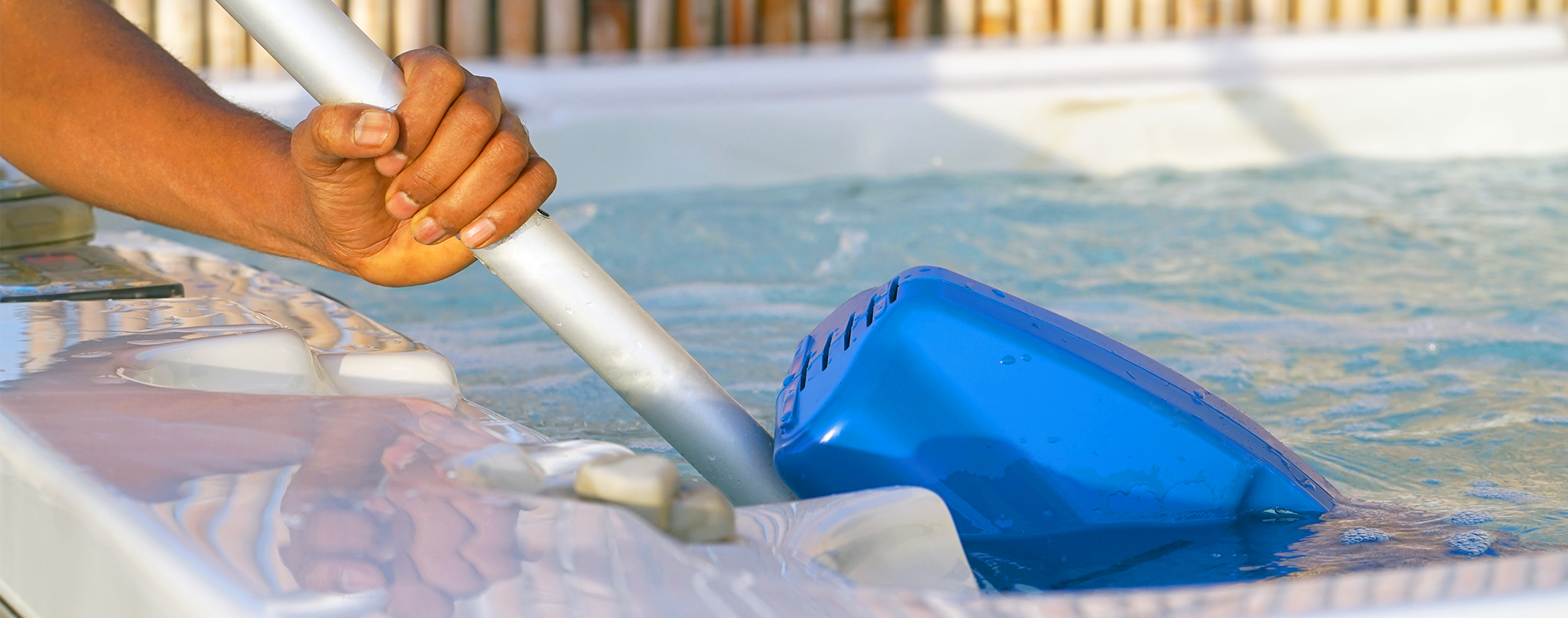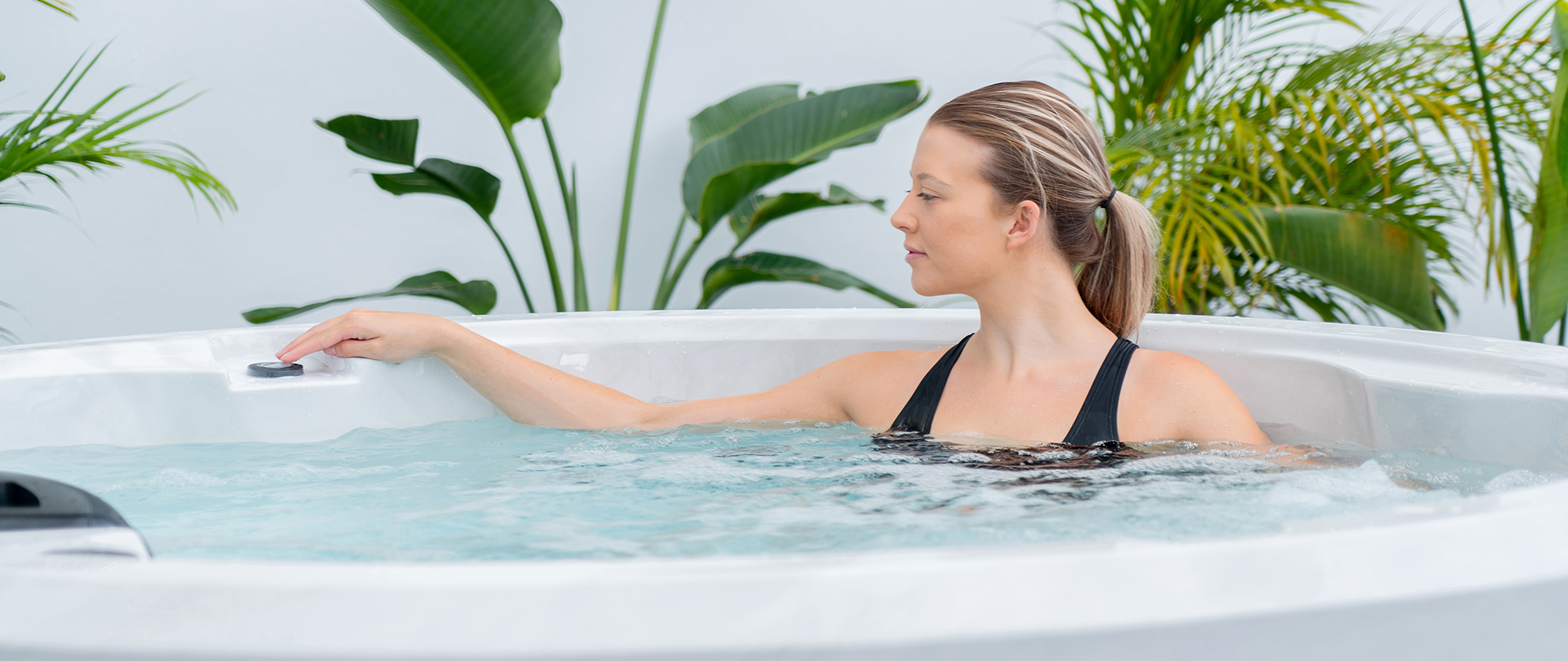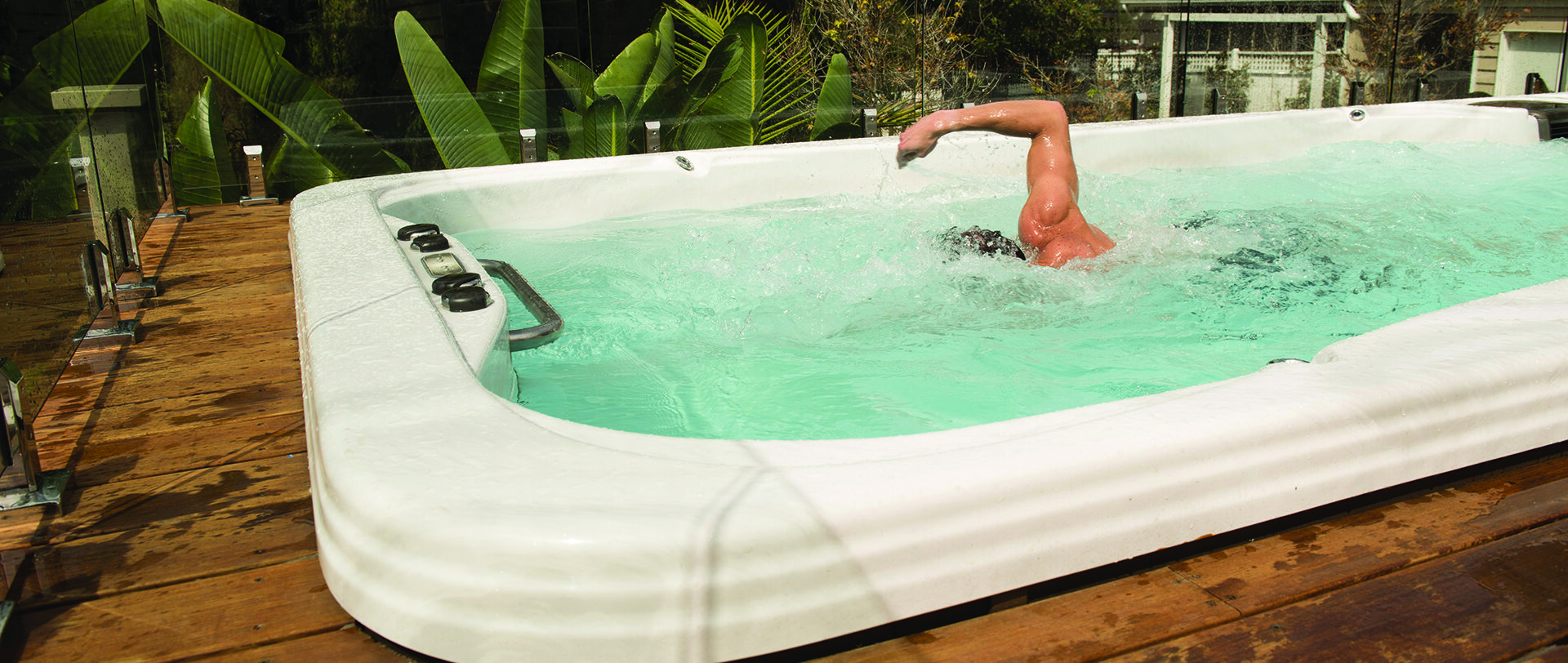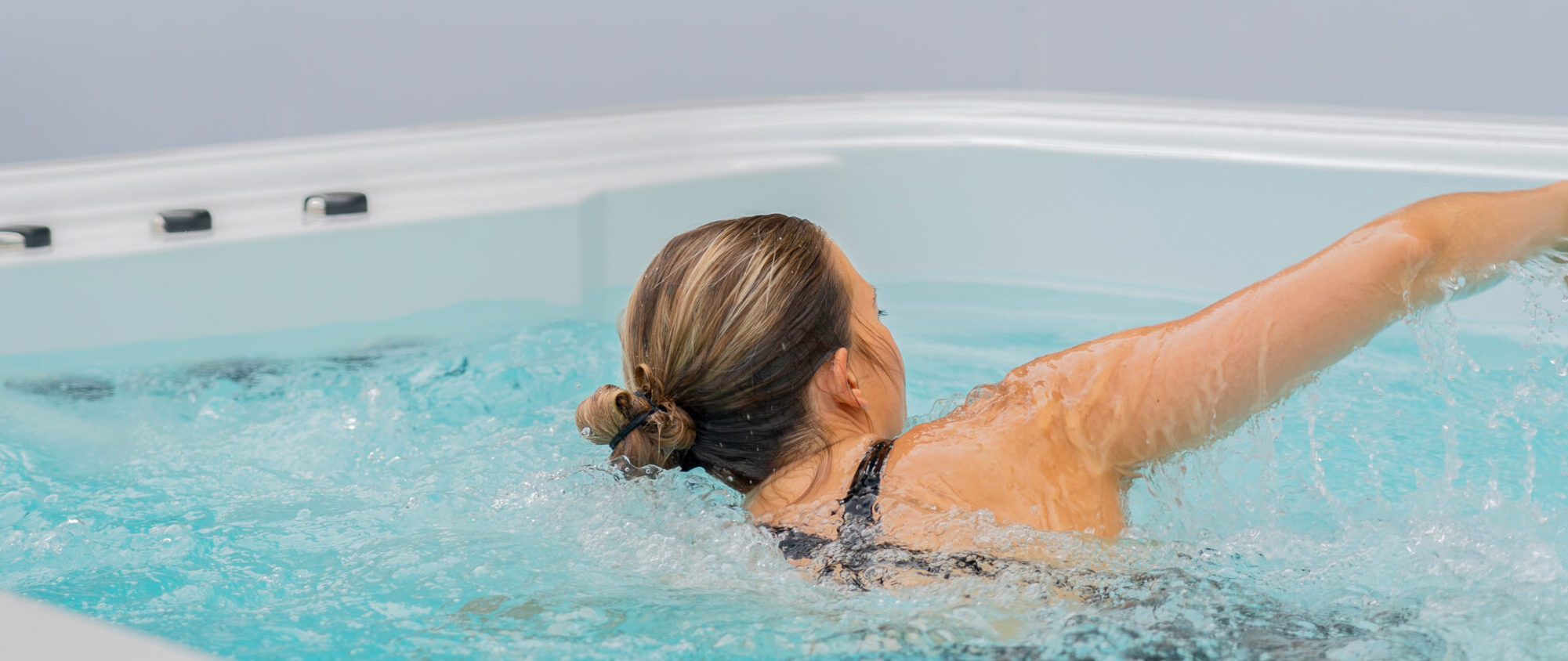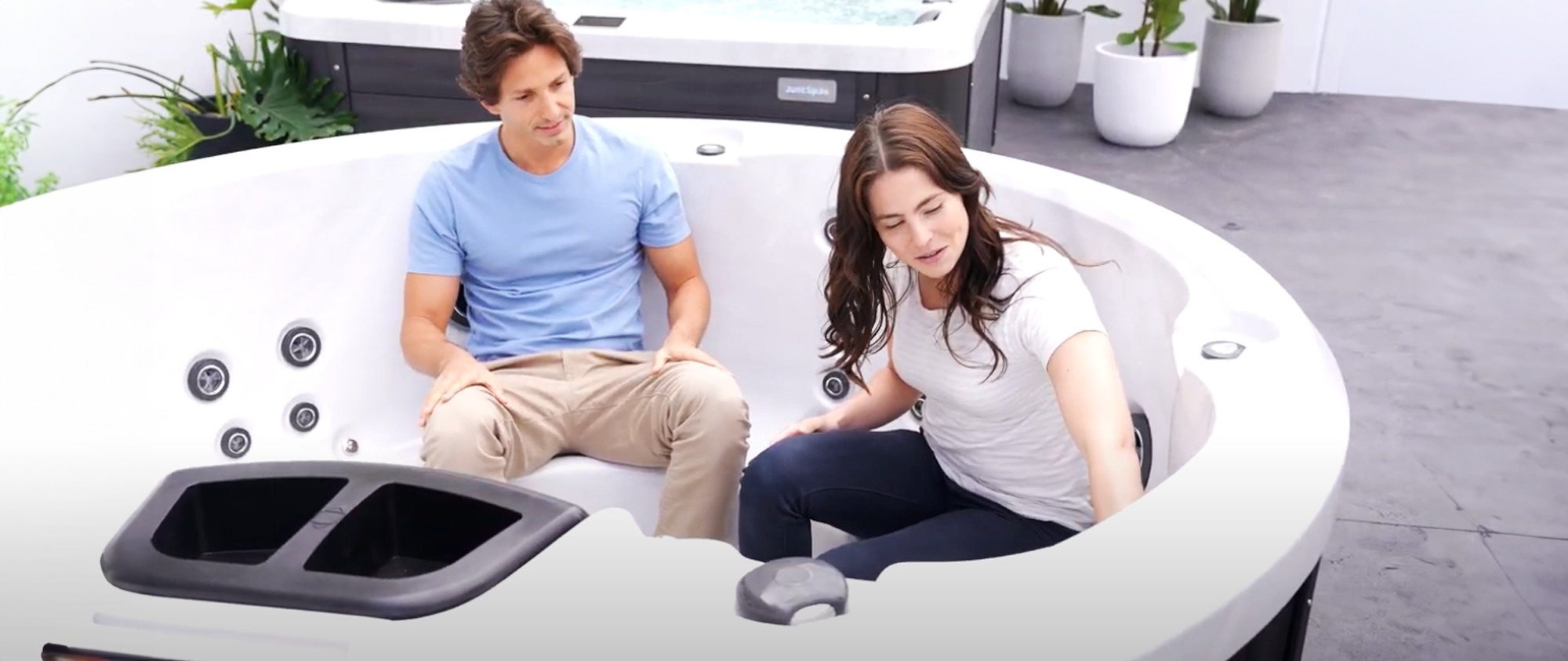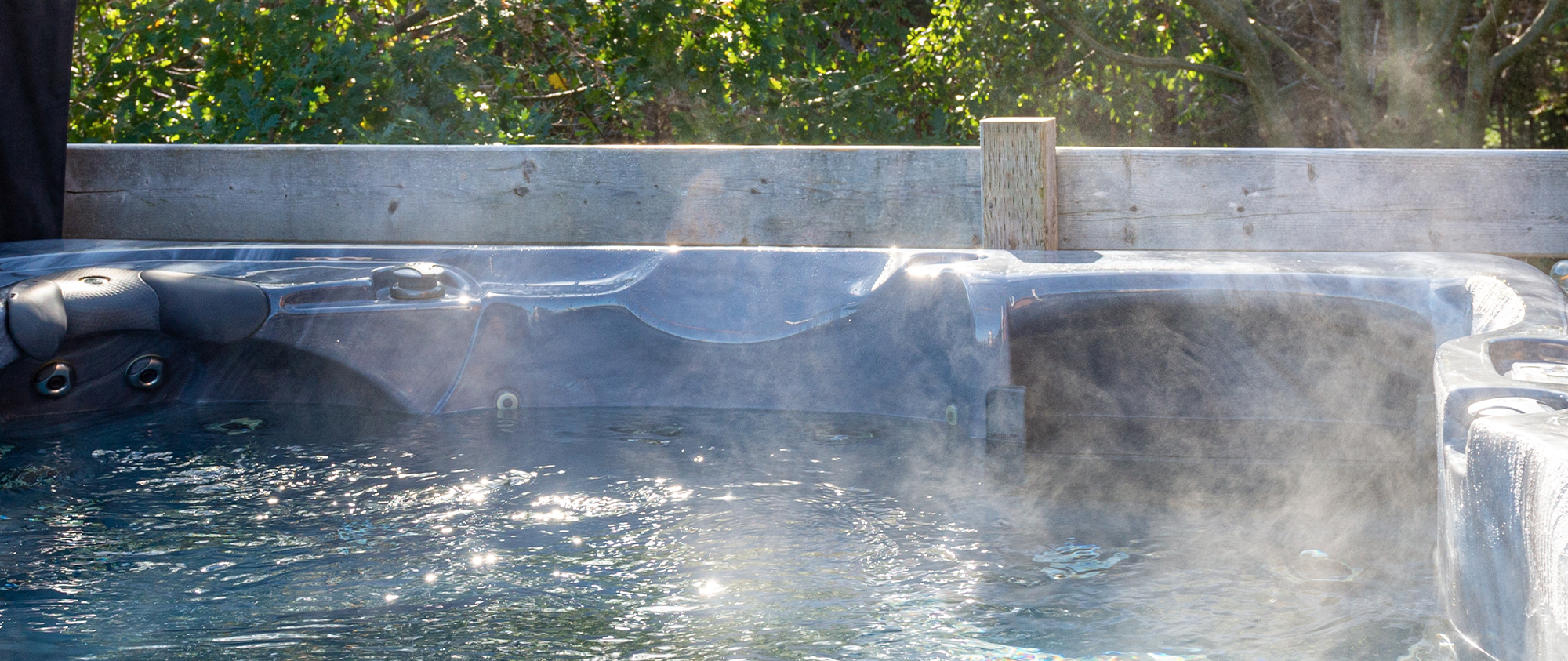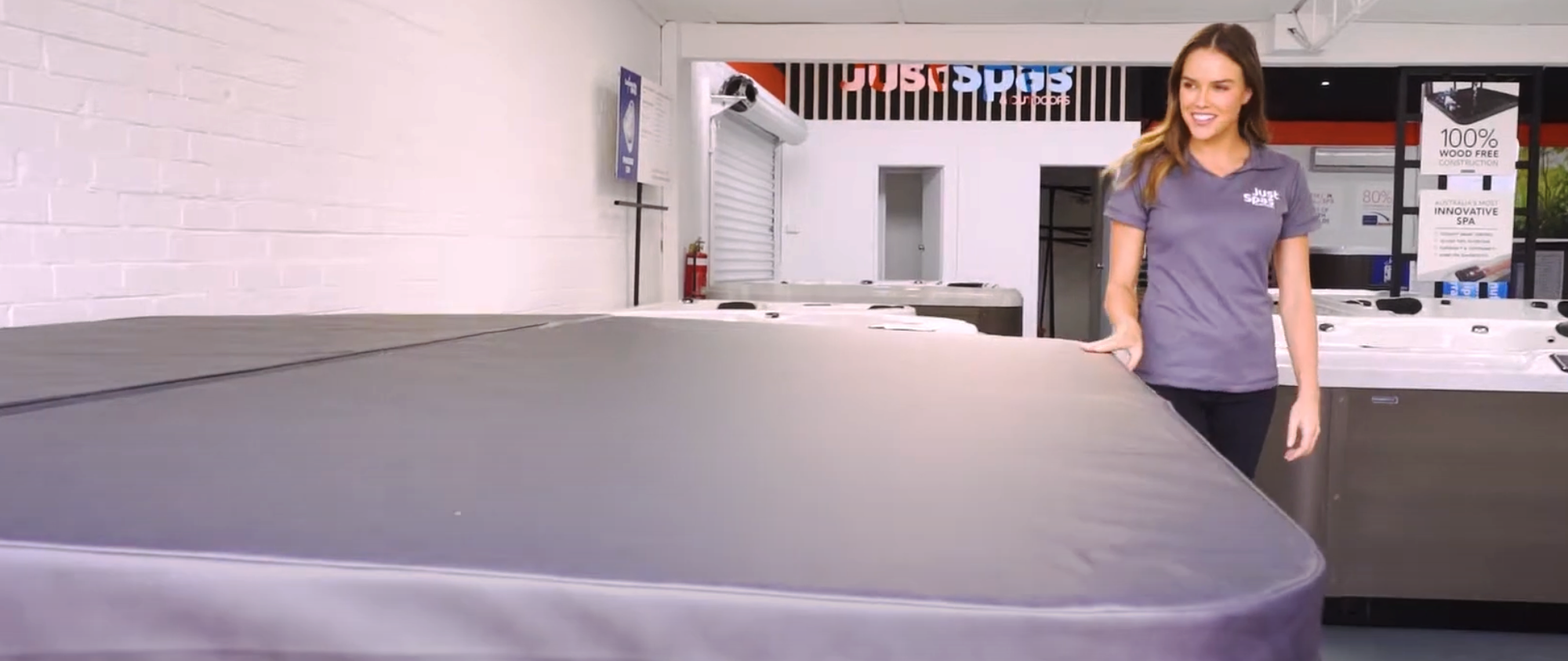A spa is completely useless without a pump. Every spa needs one or else no hot water will flow through its jets to pulse away the day’s tensions. So when you turn on your spa and the jets malfunction, or worse, nothing happens, there’s likely a problem with your pump.
That’s why it’s imperative to stay on top of spa maintenance. Regularly attending to your spa will keep your pump in tip-top shape, ready to send through lovely warm water at the flick of a switch.
We’ve put together a guide on how to maintain your pump’s health, but first, some quick spa anatomy.
The heart of your spa
Spa pumps have a simple design similar to water pumps found in cars, pools and wells. They consist of two parts – the wet end and the motor – with the wet end housing a key moving part, the impeller.
When a spa pump engages, the motor turns the impeller, pushing water through a metal shaft into a turbine. This causes the turbine to spin, generating a whirlpool effect that pulls water in from one pipe and out the jets of the other. Every spa continuously repeats this circulatory cycle to create the piping hot jet pulsations its occupants so thoroughly enjoy.
Its initiatory role in this cycle is why the spa pump is commonly referred to as the “heart of the spa”.
As you can see, the pump is a critical component of your spa. Thus, when it becomes damaged or glitchy, it can cause problems with even the most fundamental spa system tasks. Let’s look at some tips to keep your pump working its magic for years to come.
Connections and Connectors
Faulty spa connections can result in insufficient water pressure that can lead to pump failure. To avoid this, take a look at your spa’s joints and tighten any loose ones with a wrench. If a connector is leaking or spraying water, you may need to remove the connector and inspect the gasket. In some cases, realigning the gasket will solve the problem. If not, it’s best to replace the gasket.
Spa Filters
Your spa pump cannot work properly if it becomes jammed or clogged. That is why it’s imperative to clean the filters regularly. To do so, remove each filter, spray it with a garden hose and use a soft bristle brush to clean the ribs and raised edges. Then spray rinse again. Aside from cleaning them, the filters should be replaced at least once a year. Leaves and other debris should also be regularly cleared from your spa.
Spa Cleaning
Excess build-up can also clog your spa pump, making it a good idea to drain your spa at least twice a year. Whilst draining your spa will help to eliminate contaminants, though, this action is not enough. A spa’s surface carries traces of dirt and mildew, so it’s important to thoroughly clean your spa once drained. A solution of dish soap, household bleach and tap water should work well.
Consistent Operation
If you want your pump to work smoothly for years, set the timer to operate at least two hours out of every 24-hour period. As a bare minimum, run the pump at least 80 hours a month, whether the spa is being used regularly or not. Failure to run the pump often enough can cause it to no longer generate the pressure needed to properly function.
Keep it pumping
With proper maintenance and good care, your spa pump should function for many years. It’s inevitable that the pump will eventually wear out and need replacing, but you can delay this for a long time by simply looking after your spa. Set up a regular schedule of spa maintenance and reap the forceful, hot water your aching muscles so desperately crave.
If you have any questions about spa pumps or how to maintain them, see your local Just Spas dealer.
Eager for more? Read our benefits of owning a spa here.

